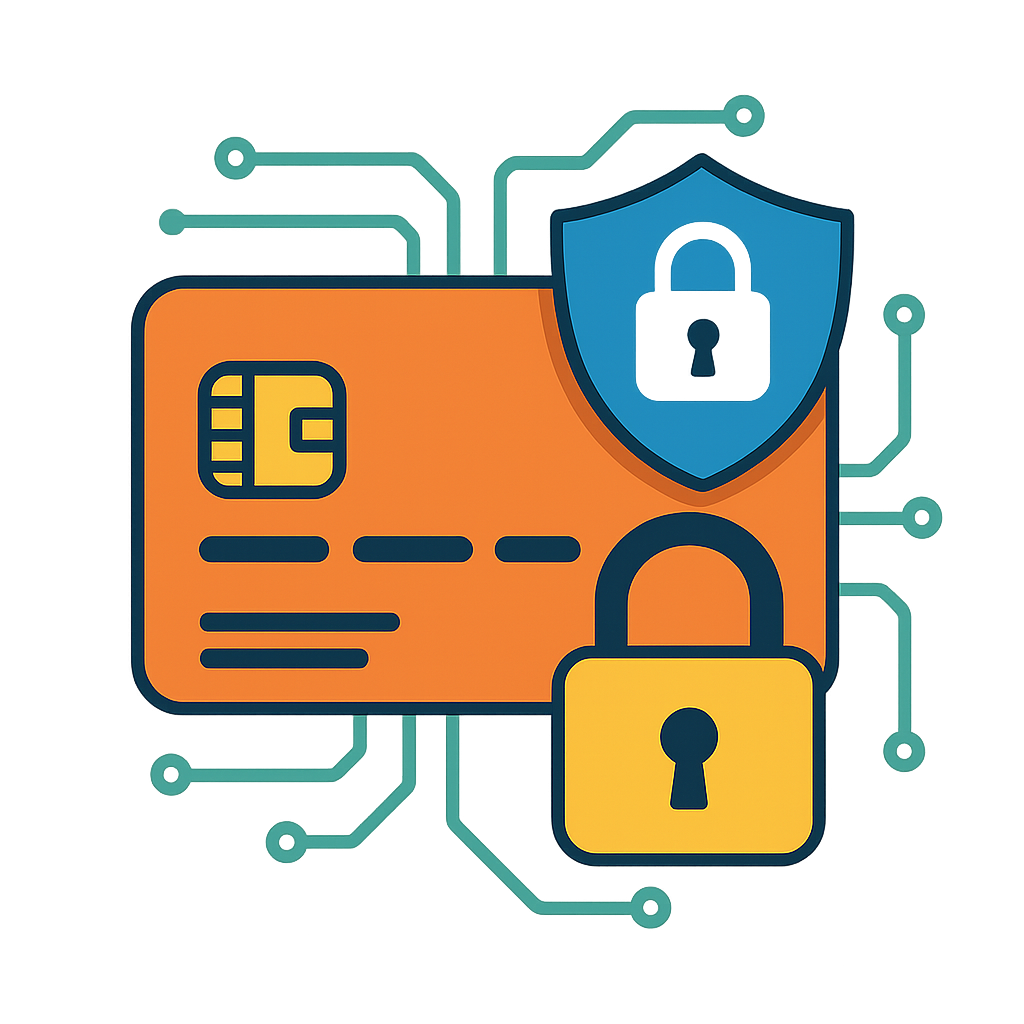Why Encryption Matters for Credit Card Data

Handling credit card details comes with a major responsibility: keeping sensitive information out of the wrong hands. Encryption transforms plain text into an unreadable format that only authorized systems can decode. By weaving encryption into every stage of payment processing, businesses shrink their fraud exposure, meet industry rules, and foster customer trust.
How Encryption Works
Encryption relies on mathematical algorithms and keys to scramble data. When a shopper enters their card details at checkout, those numbers travel over public networks. Without encryption, anyone intercepting that traffic could capture full card numbers, expiration dates, and CVV codes. Proper encryption turns intercepted data into gibberish unless the correct decryption key is available.
Key Encryption Methods
TLS/SSL for Data in Motion
Websites use Transport Layer Security (TLS) to protect data as it moves between a customer’s browser and your server. A valid certificate activates the padlock icon in browsers and creates a secure tunnel, preventing eavesdroppers from reading or altering payment details.
Tokenization
Tokenization replaces real card numbers with one-time tokens. Those tokens are worthless outside your system—so if a breach occurs, attackers only get tokens that can’t be reverse-engineered into actual card data.
Point-to-Point Encryption (P2PE)
P2PE locks down card data the moment a card is swiped or dipped. From that point until it reaches the payment processor’s secure endpoint, the data stays encrypted, reducing exposure points in your infrastructure.
Why Encryption Matters for Card Data
- Protecting Data in Transit: Encryption shields payment details from eavesdroppers, turning intercepted traffic into unreadable ciphertext.
- Securing Data at Rest: Encrypting stored cardholder data prevents attackers who bypass network defenses from harvesting usable information.
- Meeting PCI DSS Requirements: The Payment Card Industry Data Security Standard mandates encryption of card data across networks, helping you avoid fines.
- Cutting Fraud and Chargebacks: Encrypted data cannot be decoded by unauthorized parties, leading to fewer fraudulent transactions and lower chargeback costs.
Integrating Encryption into Your Workflow
- Pick a Secure Gateway: Adopt a credit card payment solution that supports TLS, tokenization, and P2PE out of the box.
- Enforce HTTPS Everywhere: Redirect all pages—especially checkout—to HTTPS. Disable outdated protocols and weak ciphers, and renew TLS certificates before expiration.
- Enable Tokenization: Work with your provider to replace stored card numbers with tokens, requiring minimal code changes for a major security boost.
- Use Certified P2PE Devices: For in-person sales, deploy P2PE-certified readers to encrypt data at the hardware level.
- Expand Online Capabilities: Ensure encryption covers every step—from form submission to server storage—to safely accept online payments.
Ongoing Maintenance and Key Management
- Routine Vulnerability Scans: Run regular scans against your payment infrastructure to identify and fix insecure endpoints.
- Key Rotation: Change encryption keys on a set schedule to limit exposure if a key is compromised.
- Real-Time Alerts: Configure notifications for certificate expirations or unusual decryption attempts, and maintain an incident response plan.
Final Thoughts
Encryption isn’t just a checkbox for compliance—it’s the backbone of a secure payment environment. By combining TLS/SSL, tokenization, and certified P2PE solutions with ongoing audits, key rotation, and staff training, you can lock down card data against interception and theft. The result: fewer fraud incidents, lower compliance costs, and stronger customer confidence every time they make a purchase.